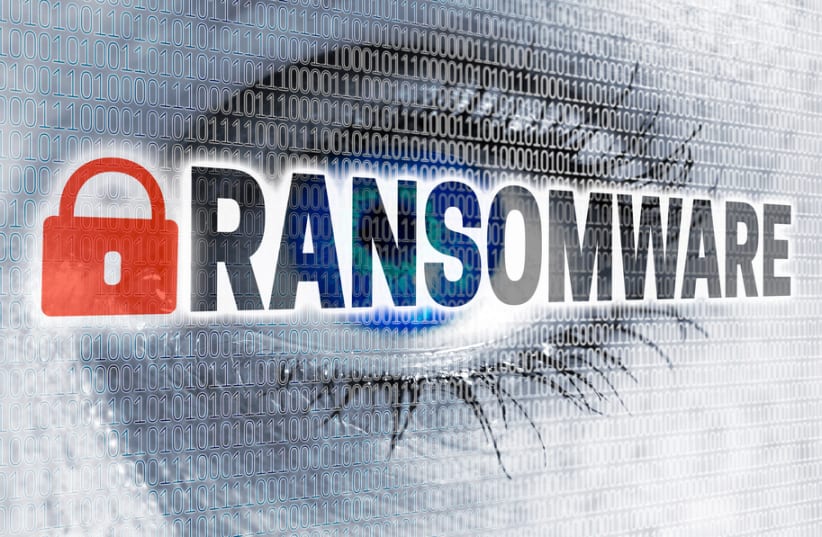Ransomware is considered to be quite lucrative for all cybercriminals. No business is safe from the threat of criminal activities. Further, when the business system comes under ransomware threat, it becomes challenging to save the organization. It attacks the entire machine or sometimes even specific essential files. Sometimes it locks down the whole data of the organization. The only way to prevent this is by controlling the attacks right in the first place.
How does ransomware work?
All the ransomware goals share standard functions. By protecting the files or encrypting the data prevents the threat from happening. Ransomware is one kind of malicious attack that uses encryption for holding the data to ransom. It is a kind of malware that works for both human and technical weaknesses. Likewise, it denies attempting the availability of sensitive data or systems. Some of these threats are malware locking to full encrypted files for which the ransom is paid. The ransom threats include the putting of viruses into the system in the form of email attachments.
After getting infected, the virus encrypts all the files preventing access. The hacker sees that the information is stolen and offers the same if the victim gives the ransom. The victims usually pay the ransom in the form of Bitcoins. After getting the fees, the cyber hackers will unlock the data or even send a key to the encrypted files.
How to prevent ransomware?
Ransomware is so insidious and mostly travels through emails. Some of the ways to avoid it are listed as under:
-
Keeping backup locally in the cloud
It's best to back up the system consistently. This will keep the information in a safe area so that hackers don't get easy access. Likewise, it will also help to wipe the existing system to repair the files in case of an attack. Using the cloud assures the protection of data. You can keep it from infection and ransomware. All the cloud backups add an extra level of security.
-
Running of scheduled security scans.
All the security systems will not be suitable if no scan is running for its data prevention. It is so crucial to scan mobiles and computers regularly. These scans act as a second layer of protection in the security software. These can detect the threats that even real-time checkers will not be able to produce.
-
Enforcing strong security passwords
Use a password that incorporates an enterprise password manager providing the best practices of security. As per reports, 3 out of 4 people use the same password everywhere. One-third of the population uses a weak password that can be judged easily by any hacker. Make use of multiple strong passwords if you are saving sensitive information.
-
Educate yourself regarding the same
Companies and organizations often fall victim to ransomware. Likewise, employees should be able to recognize all the signs of phishing attacks. Keep all the employees up to date with the latest cyber crime software. Educate them on how they can prevent the threats from happening.
The regular employees can be provided security awareness training that will remind the staff about the ransomware attacks. For all the work from home employees, make sure not to use the public Wi-Fi access. Anyone suspecting a malicious activity should report it to the head immediately.
-
Adding of virus control at the email server level
Most attacks start with suspicious email coming to the victims. They are being fooled at first right after the opening of malicious emails. After opening the email, there will be a link the virus will be unleashed to do all the tricks. This can be prevented by antivirus and malware software. Putting virus control at the email server will act as a safeguard.
-
Think twice before clicking
If you are receiving an email with the note from a trusted source, don't open those emails. Secondly, all the executable files often have ransomware. Sometimes any mail sent by friends also leads to such problems. Whenever you get a link, be sure to check first what you are getting. Always be trusted to be sure that you are clicking on the correct link. Sometimes, it can be linked to a webpage that can download ransomware to the machines.
-
Detection of early threats
You can install the ransomware protection software to identify all the early threats. These programs are a gateway to give antivirus software. Using a traditional firewall blocks unauthorized access to the networks or computers. Also, use best email security practices to keep unwanted attachments away.
Make sure of downloading the software or check for software updates. These updates will improve the working of computers. This will help keep the attackers away who might want to exploit the software vulnerabilities.
How to detect ransomware?
If you face such a situation, the first sign will be encryption or even a ransom note. Likewise, if you run the virus checker frequently, update it with malware definitions. With the ransom note, you can detect the ransomware and then opt to delete the same.
Sometimes, the companies are tempted to pay the ransomware to get the data back. But this is such a terrible idea. As per a ransomware report, only 47% of the ransom people get the files back. With paying money, the criminals get more chances of committing crimes. It's not a good idea to pay the ransomware. Once the cybercriminals contact the data, they can disclose it anywhere they want.
Conclusion
Companies today must be prepared to protect any malicious activities from happening. Learn all the proper steps of detection and prevention. Besides, also reduce the ransomware to minimize the impact on the business. Use all of these tips for safeguarding the company's assets and stop ransomware from happening. Use only a trusted data centre provider and vendors. Be sure of performing with due diligence to get the best results. Only trusted centres will be providing you with the correct information.
